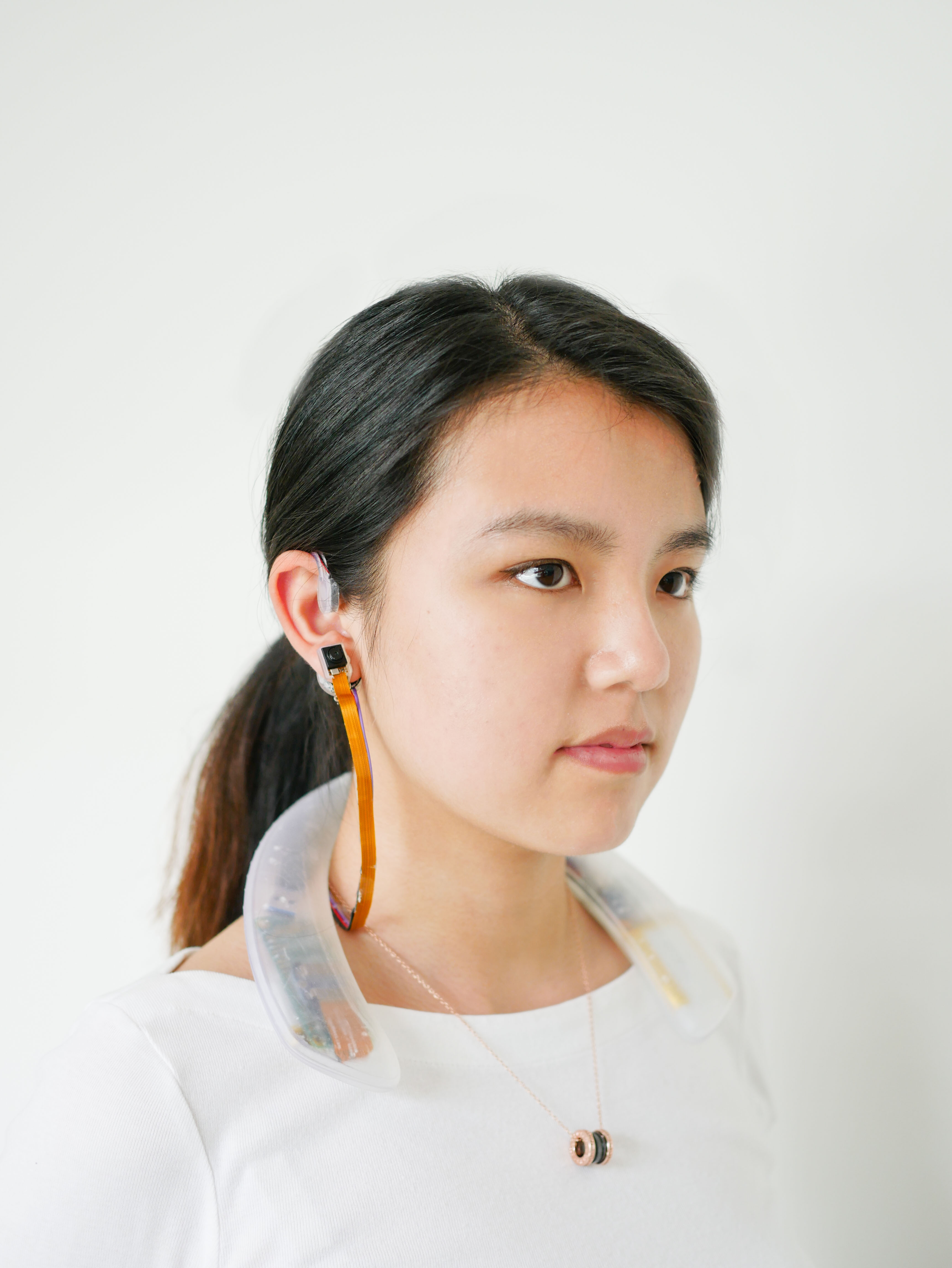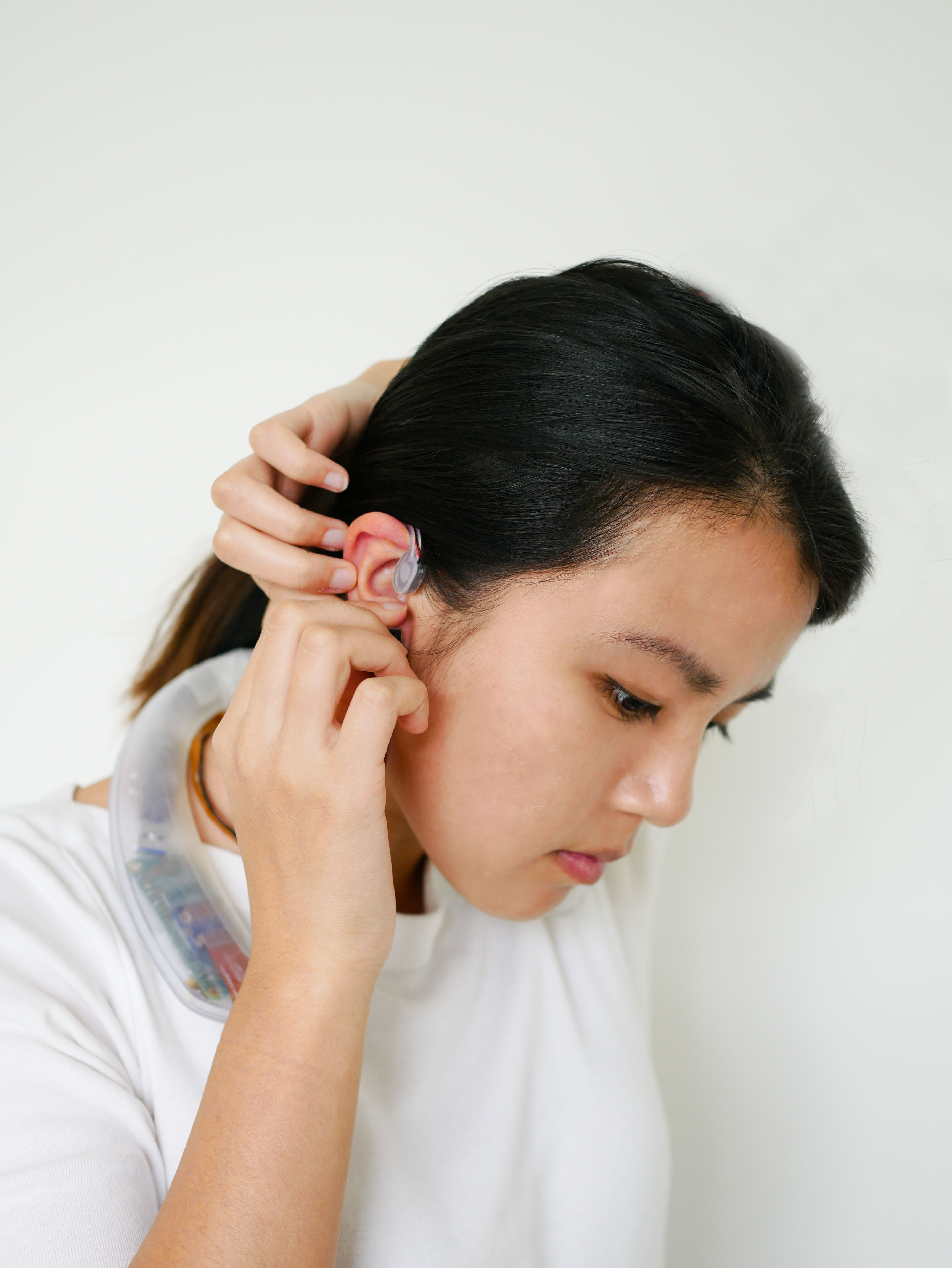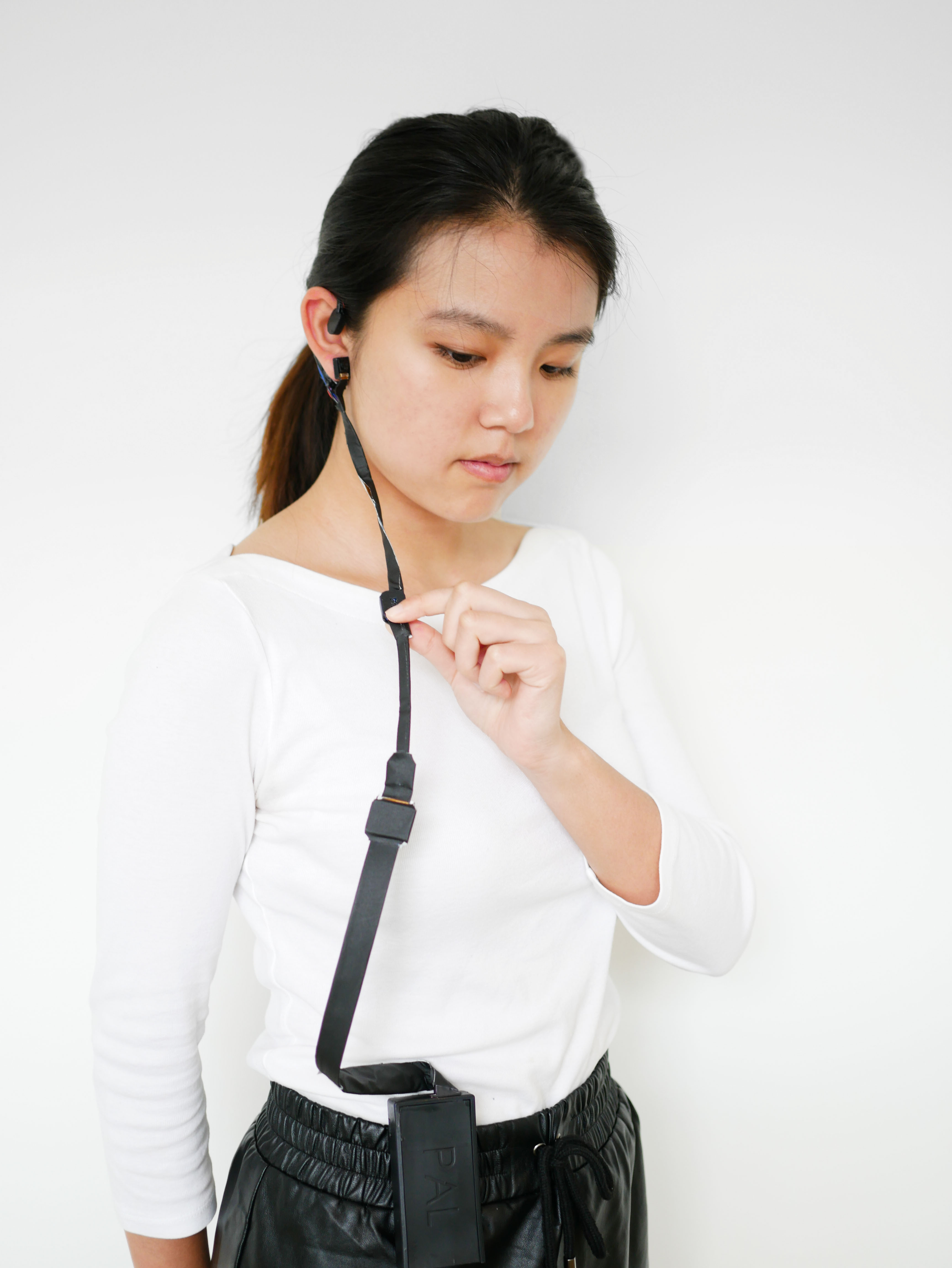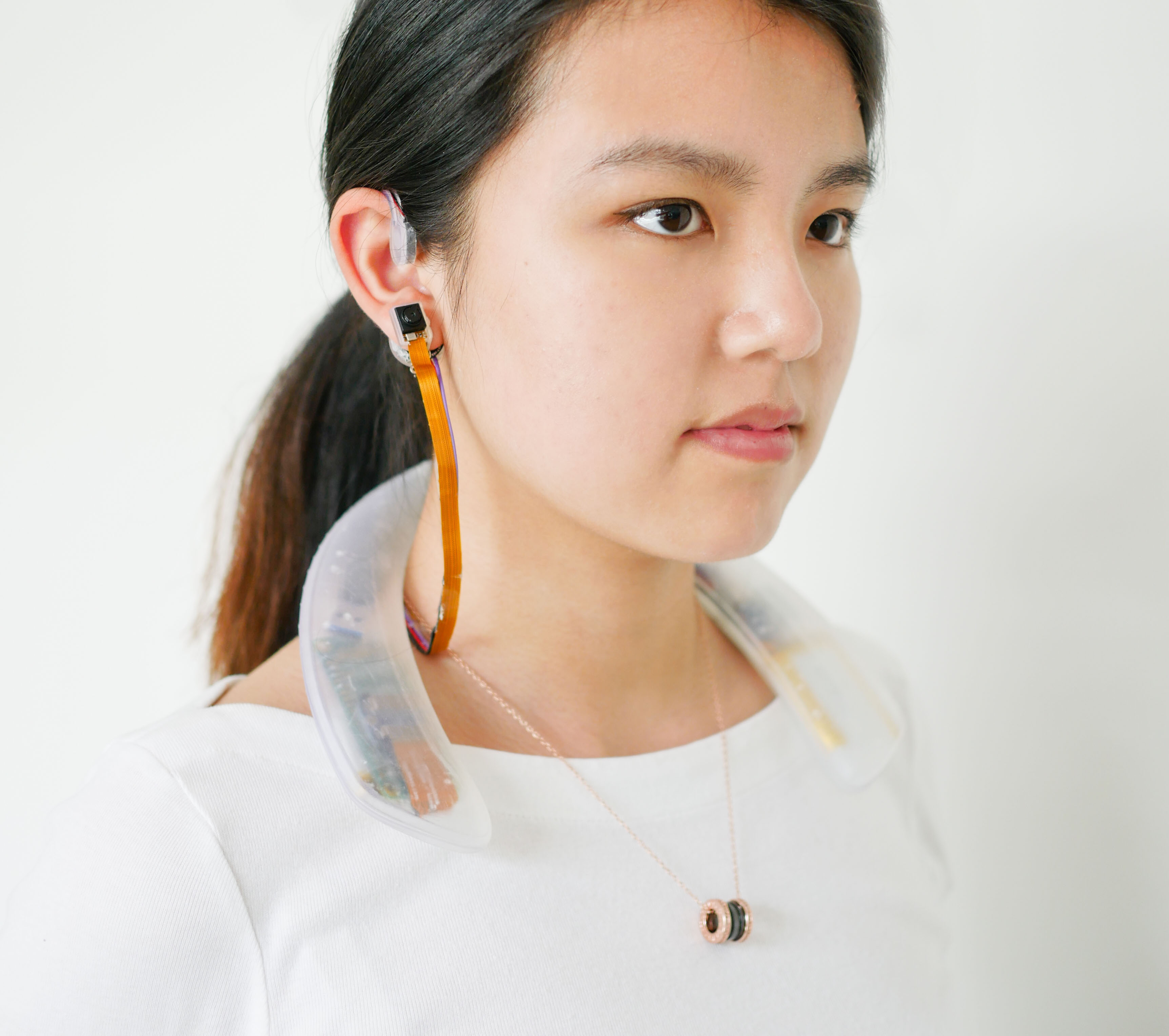
Skills
CAD, Human Factors
Role
Product Design
Team
Collaboration with MIT Media Lab Fluid Interfaces Group
PAL - a wearable on-device deep learning platform for personalized, context-aware, and closed-loop real-time support
PAL is a wearable platform for personalized, context-aware, and always-present user change. PAL has multimodal sensors (camera, location, movement, heart rate, and on-device deep learning) to recognize user context context-aware, e.g., people, indoor locations, objects, etc. On-device deep learning minimizes computation time to provide real-time and offline context-aware support, and user data is also more private as raw data is not sent to the cloud. PAL offers personalized support for each user and users can train custom trainable low-shot models for personalized context detection and support.
Official project website on MIT Media Lab Fluid Interfaces Group
Product Overview
PAL's wearable device has an ear-worn part (a), with open-ear audio output (1), microphone (2), camera (3), and heart-rate sensor(4) connected to an on-body part, either clip-on (b, c) or neck-worn (d, e)

Task 1: Refine Earhook + microphone
Based on prior user test results, the earhook design causes irritation to user after wearing due to friction. I refined the earhook to have 1. multiple sizing option based on data of the 95% of the US population 2. added support area under the earlobe to reduce movement.
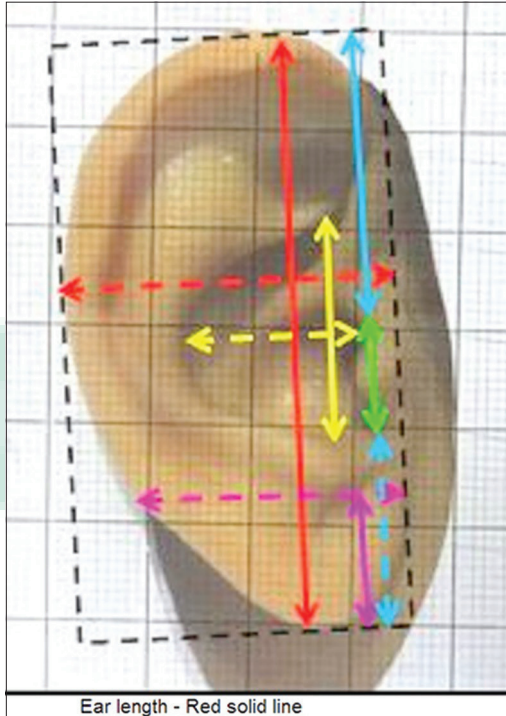

Exploded view of the clip-on version.
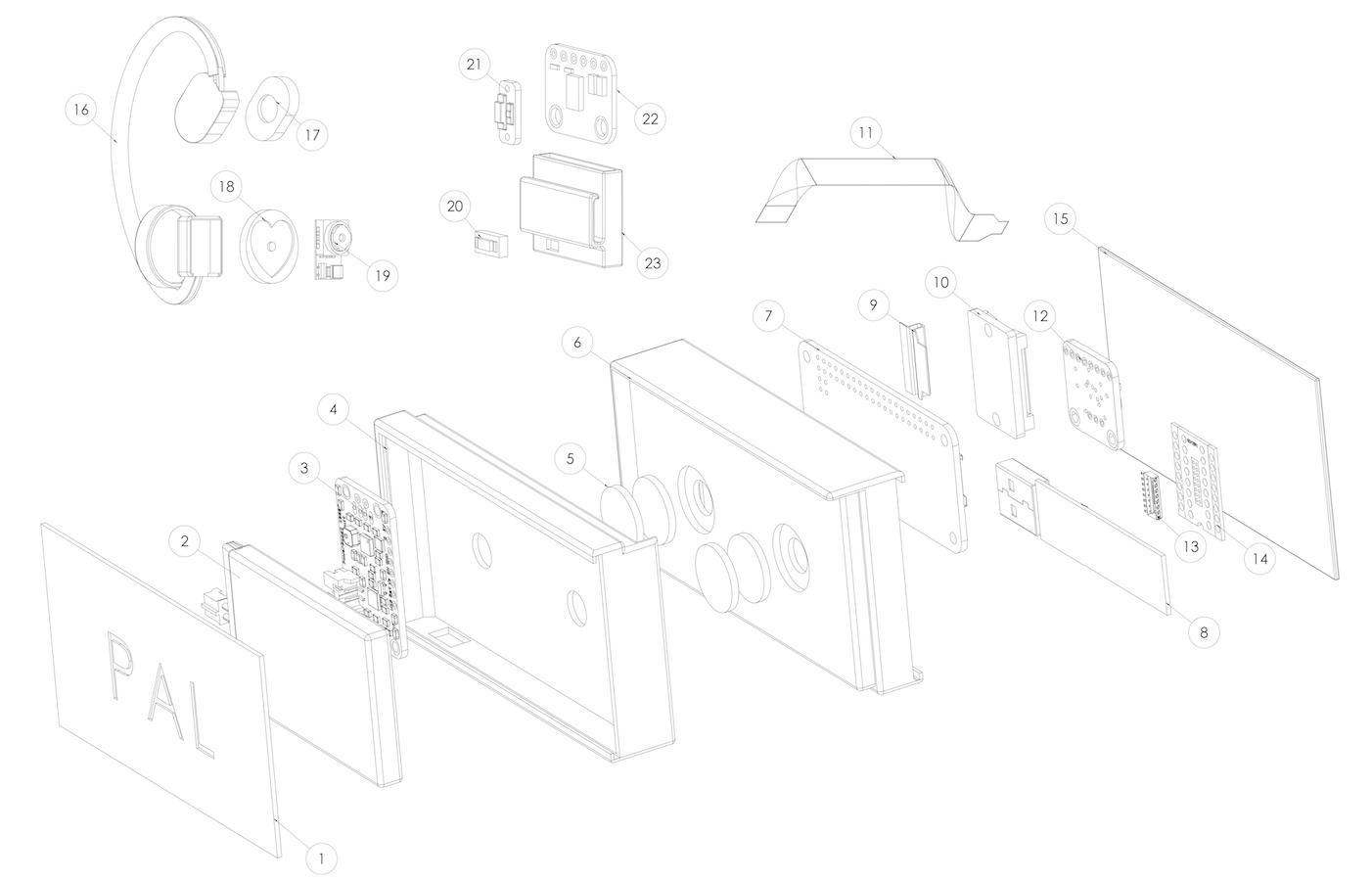
Task 2: Form factor redesign
Based on usability tests, users expressed that the clipped-on design can cause inconvenience, especially for outfit that do not include pockets or a secure part to clip the product on (i.e. dresses or pants without pockets). Additionally, the wire between the earhook and the processor box can be intrusive and also bending of wires can lead to hardware malfunction. Inspired by neck-worn headphones (such as the bose neckwear), I reimagined and redesigned the form factor of PAL. Based on prior usability study, the neck and shoulder area is proven to optimal for support relatively heavy objects. The neck design also shortens the wires between the neckwear and the earhook. The usability test of this design with users also showed improved comfort, with future improvement on the material (non-slip, sweat resistant material) and the color (transparent vs matte black) of PAL.

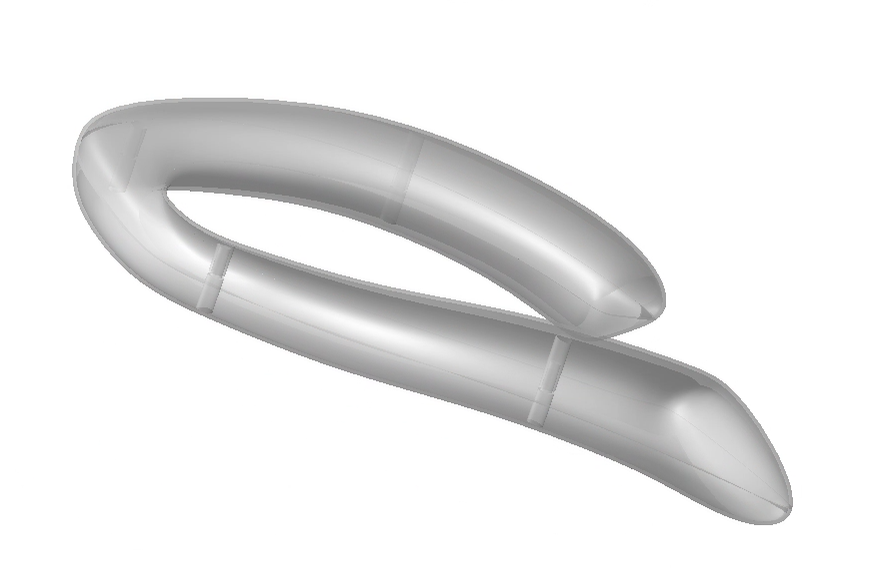
Product Photo
